tin tức nổi bật
-
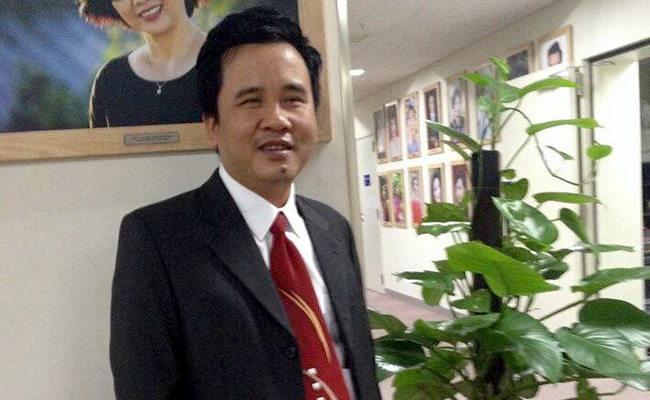 Hoàng Xuân Hạnh - Hoàng Kim: Doanh nhân người khiếm thị được biểu dương năm 2018
Hoàng Xuân Hạnh - Hoàng Kim: Doanh nhân người khiếm thị được biểu dương năm 2018
-
 Tôi mách bạn 6 Giải pháp hàng đầu để trở thành chuyên gia trong trị liệu: chữa bệnh và làm đẹp
Tôi mách bạn 6 Giải pháp hàng đầu để trở thành chuyên gia trong trị liệu: chữa bệnh và làm đẹp
-
 Hoàng Kim Massage thông kinh lạc toàn thân thải độc tố cơ thể, phục hồi sức khỏe, thổi bay những cơn đau bằng Công nghệ điện sinh học DDS
Hoàng Kim Massage thông kinh lạc toàn thân thải độc tố cơ thể, phục hồi sức khỏe, thổi bay những cơn đau bằng Công nghệ điện sinh học DDS
-
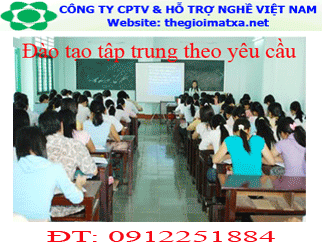 Tẩm quất người mù Hoàng Kim tổ chức lớp Tập huấn kỹ thuật massage làm đẹp da mặt, massage giảm mỡ bụng cạo gió, giác hơi ống trúc cho nhân viên
Tẩm quất người mù Hoàng Kim tổ chức lớp Tập huấn kỹ thuật massage làm đẹp da mặt, massage giảm mỡ bụng cạo gió, giác hơi ống trúc cho nhân viên
-
Góp máy tính cho người khuyết tật
-
 Chương trình tài trợ 1000 máy xông hơi cho thành viên hội người mù việt nam
Chương trình tài trợ 1000 máy xông hơi cho thành viên hội người mù việt nam
-
.jpg) Những ngón tay dệt nên thần thoại
Những ngón tay dệt nên thần thoại
-
 Quyển sách: Món ngon ngày tết
Quyển sách: Món ngon ngày tết
-
 Giám đốc Trung tâm Hoàng Kim được ghi nhận là thành viên tích cực của Hiệp hội thương mại điện tử Việt Nam (năm 2012)
Giám đốc Trung tâm Hoàng Kim được ghi nhận là thành viên tích cực của Hiệp hội thương mại điện tử Việt Nam (năm 2012)
-
video người mù vượt qua bóng tối (P1) (năm 2012)
-
 Giới thiệu 2: Đĩa âm nhạc tẩm quất người mù Hoàng Kim
Giới thiệu 2: Đĩa âm nhạc tẩm quất người mù Hoàng Kim
-
Tuyển dụng nhân viên làm tẩm quất ở Hoàng Kim
-
 Người giàu không ở... hai con mắt
Người giàu không ở... hai con mắt
-
Biển tẩm quất người mù bị trịch thu vì ảnh hưởng đến làng văn hóa
-
 Những ngón đàn xuyên suốt màn đêm
Những ngón đàn xuyên suốt màn đêm
-
.jpg) Hoàng kim trước thềm xuân mới.
Hoàng kim trước thềm xuân mới.
-
 Massage của người khiếm thị từ góc nhìn của một người “ngoại đạo”
Massage của người khiếm thị từ góc nhìn của một người “ngoại đạo”
-
 Xoa xát mắt để phòng cận thị và hoa mắt ở tuổi già
Xoa xát mắt để phòng cận thị và hoa mắt ở tuổi già

UNIT 1: ADMINISTRATION – PUBLIC ADMINISTRATION (1)
NATIONAL ACEDEMY OF PUBLIC ADMINISTRATION
CENTRE OF FOREIGN LANGUAGES (CFL)
***********************************
ENGLISH
FOR
PUBLIC ADMINISTRATION
(For Internal Use only)
Table of contents
Course duration: 75 training periods
|
Unit |
Title
|
Page |
Duration training periods |
|
1 |
Administration – Public Administration |
|
15 |
|
2 |
Governance and Public Administration |
|
15 |
|
3 |
Defining Management |
|
15 |
|
4 |
Civil Service Management |
|
15 |
|
5 |
Public Administration Reform |
|
15 |
|
|
End-of-course Examination |
|
|
ACKNOWLEDGEMENT
This book is adapted by the Centre of Foreign Languages from the book English for Public Administration by Dr. Nguyen Khac Hung, which has been widely used within the National Academy of Public Administration as the main course book for English for Specific Purpose of the school.
While this edition is shorter on one hand, it remains loyal to the contents of the first edition, with, of course, certain minor changes, and focuses more sharply on the post-graduate students of Public Administration in hope of providing them with certain vocabulary on public administration, apart from the skills of reading, writing, and translation.
Hanoi, November 2012
Centre of Foreign Languages
UNIT 1
ADMINISTRATION –
PUBLIC ADMINISTRATION
- INTRODUCTORY ACTIVITIES
Activity 1: Nice to meet you
In pairs, use your spoken English to get to know each other, then introduce your partner to the whole class.
Activity 2: Finding expectations
In groups of five, discuss then select and prioritize four of five outcomes that you expect from this course of English for Public Administration.
B. TEXTS AND PRACTICE
Activity 3: Pre-reading of Text 1
Which of these words or phrases do you associate with the concept of administration? Can you explain your choice?
|
cooperation service having power coordination doing things for someone else |
controlling people office work the state taking charge of things running a company |
Activity 4: Text 1
Reading the following text about administration and find answers to these questions:
1. What are the two original meanings of “to administer”?
2. Do “administer” and “manage” mean the same thing?
Text 1: Administration
- The term “administration” has a long history. Some authors consider that the term coincides with the formation of the state long ago. According to Dunsire, A. (1973, p: 1) “the classical Latin verb, as used by Cicero for instance, had two apparently distinct senses: to help, assist, or serve…; and to manage, direct, or govern…”. We can see the hint of a combination of the two principal senses, “directing” and “assisting” at the same time. The verb “administer” in various contexts can be translates as “minister” which can also mean “serve” or “servant”. Another meaning of the verb can be understood as “to run”. For example, to run the state.
- Although originally “administer” and “manage” had some similar meanings, e.g. “looking after things” or “taking charge of” or getting things done”, “administration” has a subtler and more extended series of meanings. R.J.S.Baker (1972, p: 13) wrote: “It (administration) is more usually found in the public sector than the private and, in general, carries an implication, not of control, but of directing and coordinating things on behalf of other people or authorities. It is often connected with some notion of service”. This argument clarifies further the meaning of “administration” as government or direction “in the implementation of a given purpose or end; or as “direction” or “execution” in the interest of someone else. H. A. Simon et al (1970, p:11) wrote “In its broadest sense, administration can be defined as the activities of groups cooperating to accomplish common goals”.
Activity 5: Vocabulary work
Match the words/phrases on the left with their definitions on the right. The first word is done for you as an example.
|
|
Activity 6: Summary
Summarize the text in four sentences, two sentences for each paragraph.
Paragraph 1: ........................................................................................................................................
...........................................................................................................................................................
...........................................................................................................................................................
Paragraph 2: ........................................................................................................................................
...........................................................................................................................................................
...........................................................................................................................................................
Activity 7: Pre-reading of Text 2
- Before you read text 2, make sure you know the meaning of the following words/phrases which are underlined in the text (you can look in a good dictionary, or ask your deskmate or your teacher).
|
public administration practitioners public services public employees institution behavioral administrative power |
academics technical skills structure general election relationship occupational regulatory power |
- Pronunciation: With the help of your teacher, read aloud the given words and phrases. Make stresses clear.
Activity 8: Read the following text as fast as you can.`
What do you think is the topic of this text? Write down the topic once you have decided.
TOPIC: ................................................................................................................................................
- Although the notion of public administration is as old as government, understanding about it still differs among different academics and practitioners. Debate is still going on about whether public administration is art of science. There is no doubt that some people have a gift for administration and become natural administrators. However, one may say that the artist is useless without necessary tools – without the technical skills (the science) that allow for the digestion and transference of information. It is, therefore, pointless to argue whether the practice of public administration is more art or science; it is inherently both. In addition, there is a view that public administration is a profession (Lawrence, 1997) which includes whatever the public employees of the world do; ranging from typing documents to running general elections. Although these people do not always think of themselves as public administrators, identifying themselves in their specific professions, they nevertheless provide public services.
- The results of all these debates and arguments are very different definitions of public administration. Fletcher (1967, pp: 53-54) explained that “Public administration can be used to denote: (1) The activity of public servants; (2) The structure of executive government: that is the institutions and patterns of relationships through which the activity of public servants is carried on; (3) The study of 1 and 2”. Put another way, as a subject, public administration “focuses pre-eminently on the institutions, organizational structures and decision/implementation processes of government” (quoted by John, G & Wilson, D, 1989, p: 2). It can be noted that while considering public administration as “the activity of civil servants”, this meaning is very narrow and focuses only on day-by-day work of the public servants. Furthermore, “the study” is concerned mainly with the objective side of public administration as “executive in action” to implement the system of executive power, omitting the subjective, behavioral side. In 1987 Waldo gave this definition: “(1) Public administration is the organization and management of men and materials to achieve the purposes of government. (2) Public administration is the art and science of management as applied to affairs of the state.” A decade later, while considering that public administration is too vast to encompass it all within one definition, Shafritz & Russell provided eighteen definitional discussions and grouped them into four categories: (1) political, (2) legal, (3) managerial, and (4) occupational (Shafritz & Russell, 1997, pp. 7-32).
- Given the complexity of the function of public administration and also the scope of government at the present time, the following description is deployed: (1) Public administration is a power named “administrative power”, one component of the executive power (which may be divided into administrative power that is the power to organize, run and manage the administrative system itself, and regulatory power that is the power to issue by-laws and regulatory documents to implement laws). It is the power to organize and manage the state administrative machinery to conduct the operation of the state; (2) A system of public bodies including the government, various ministries and central agencies, local authorities, and other public institutions which have the competence to organize and regulate socio-economic processes and the actions of different organizations and citizens; (3) A set of institutions namely administrative institutions comprising of legal and regulatory documents and rules to govern the organizations; and (4) The action of public servants in the bureaucracy.
Ý kiến độc giả
Các tin liên quan
- UNIT 1: ADMINISTRATION – PUBLIC ADMINISTRATION (2)
- UNIT 2: GOVERNANCE AND PUBLIC ADMINISTRATION (1)
- UNIT 2: GOVERNANCE AND PUBLIC ADMINISTRATION (2)
- UNIT 3: DEFINING MANAGEMENT (1)
- UNIT 3: DEFINING MANAGEMENT (2)
- UNIT 4: CIVIL SERVICE MANAGEMENT (1)
- UNIT 4: CIVIL SERVICE MANAGEMENT (2)
- UNIT5: PUBLIC ADMINISTRATION REFORM (1)
- UNIT5: PUBLIC ADMINISTRATION REFORM (2)
Ảnh & vi deo sự kiện
-

Dự án tài trợ máy xông hơi cho Hội ng...
-

Hoàng Kim ra mắt Công ty cổ phần tư v...
-
Sinh nhật Website Hoàng Kim tròn 1 tu...
-

Tẩm quất người mù Hoàng Kim với công...
-
Kỷ niệm ngày người khuyết tật Việt na...
-
.jpg)
Tổng kết năm 2010 của Trung tâm Hoàng...
-
Tin nhanh
-
.jpg)
Sản phẩm - Dịch vụ
-
Khách hàng thân thiện
-

Nhân viên Hoàng Kim
tin tức mới
-
 Hoàng Xuân Hạnh - Hoàng Kim: Doanh nhân người khiếm thị được biểu dương năm 2018
Hoàng Xuân Hạnh - Hoàng Kim: Doanh nhân người khiếm thị được biểu dương năm 2018
-
 Doanh nhân khiếm thị tâm huyết / Chàng trai khiếm thị thành lập doanh nghiệp hỗ trợ nghề
Doanh nhân khiếm thị tâm huyết / Chàng trai khiếm thị thành lập doanh nghiệp hỗ trợ nghề
-
 Tôi mách bạn 6 Giải pháp hàng đầu để trở thành chuyên gia trong trị liệu: chữa bệnh và làm đẹp
Tôi mách bạn 6 Giải pháp hàng đầu để trở thành chuyên gia trong trị liệu: chữa bệnh và làm đẹp
-
 Giáo trình dạy học DDS – Điện sinh học
Giáo trình dạy học DDS – Điện sinh học
-
 Ưu thế nổi bật của công nghệ DDS – Điện sinh học trong chữa bệnh và làm đẹp
Ưu thế nổi bật của công nghệ DDS – Điện sinh học trong chữa bệnh và làm đẹp
tin tức xem nhiều
-
 Hoàng Kim Massage thông kinh lạc toàn thân thải độc tố cơ thể, phục hồi sức khỏe, thổi bay những cơn đau bằng Công nghệ điện sinh học DDS
Hoàng Kim Massage thông kinh lạc toàn thân thải độc tố cơ thể, phục hồi sức khỏe, thổi bay những cơn đau bằng Công nghệ điện sinh học DDS
-
 Dịch vụ đăng quảng cáo đặt Banner giá rẻ - Hiệu quả bất ngờ
Dịch vụ đăng quảng cáo đặt Banner giá rẻ - Hiệu quả bất ngờ
-
 Xoa xát mắt để phòng cận thị và hoa mắt ở tuổi già
Xoa xát mắt để phòng cận thị và hoa mắt ở tuổi già
-
 Massage của người khiếm thị từ góc nhìn của một người “ngoại đạo”
Massage của người khiếm thị từ góc nhìn của một người “ngoại đạo”
Ủng hộ từ thiện



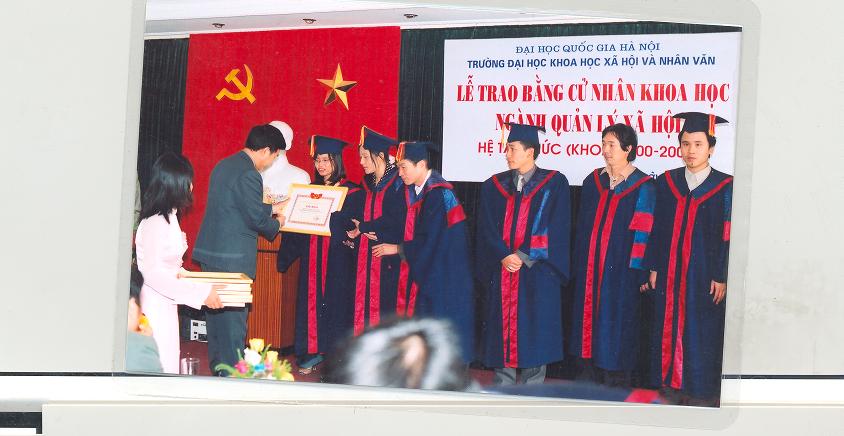



.JPG)

.JPG)



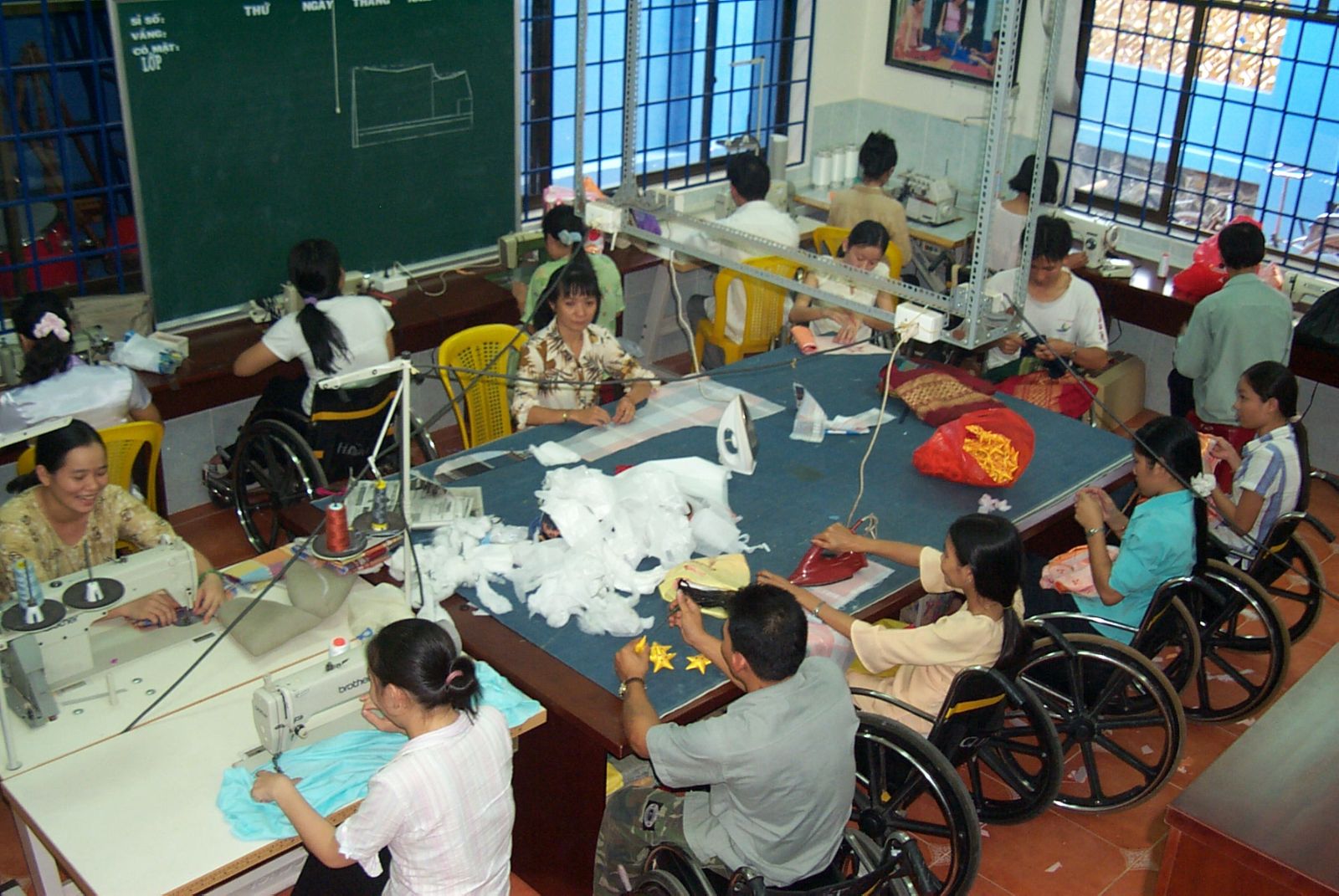



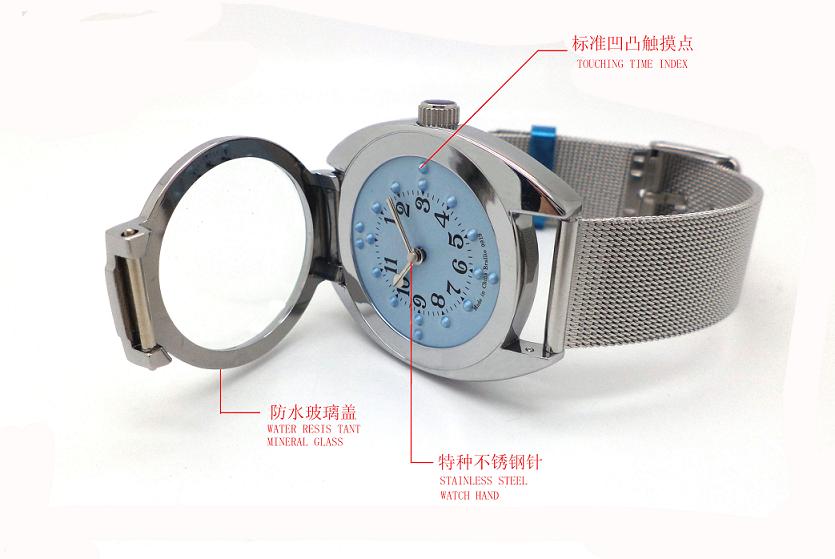
Bình luận